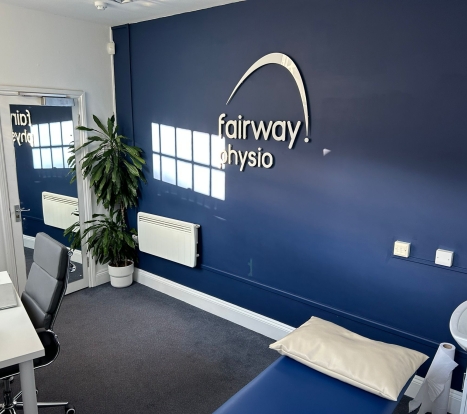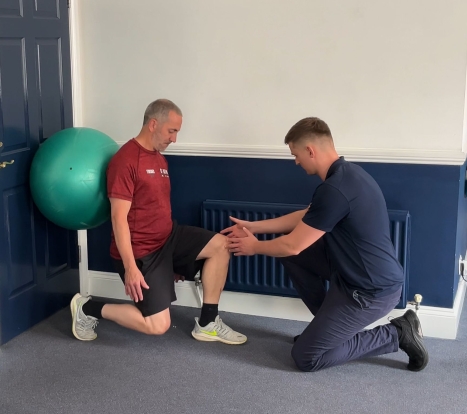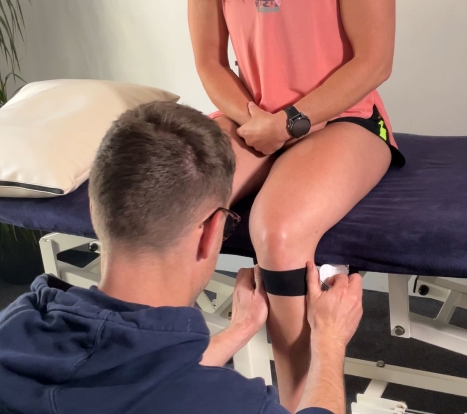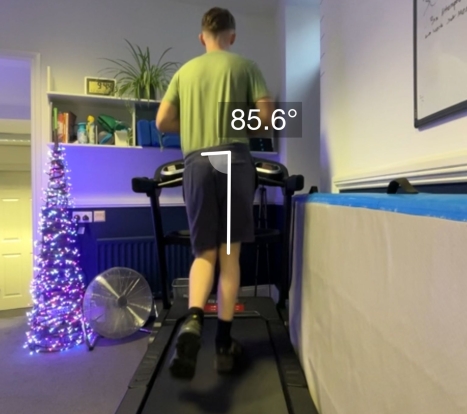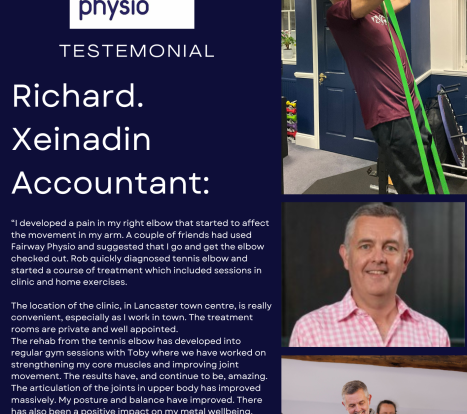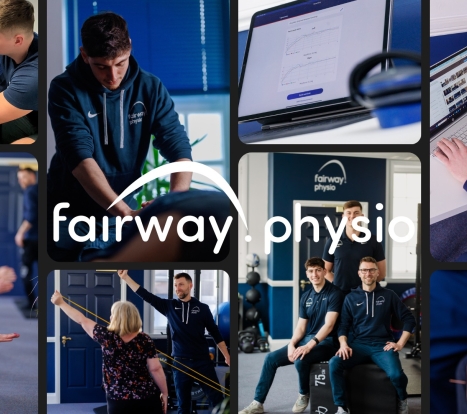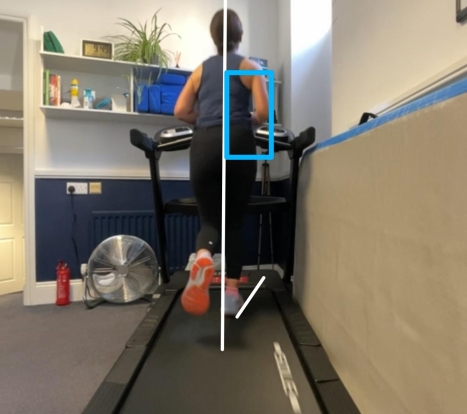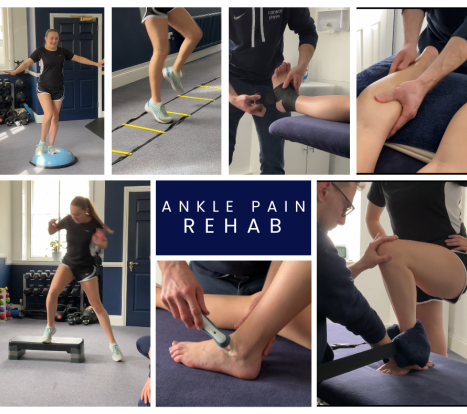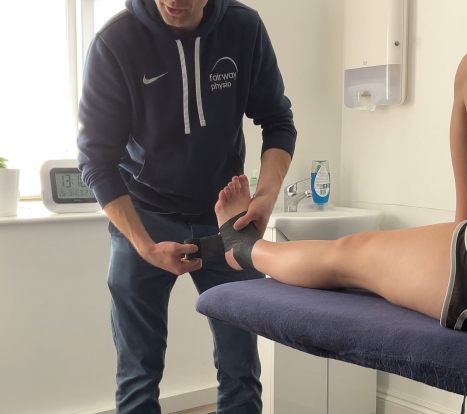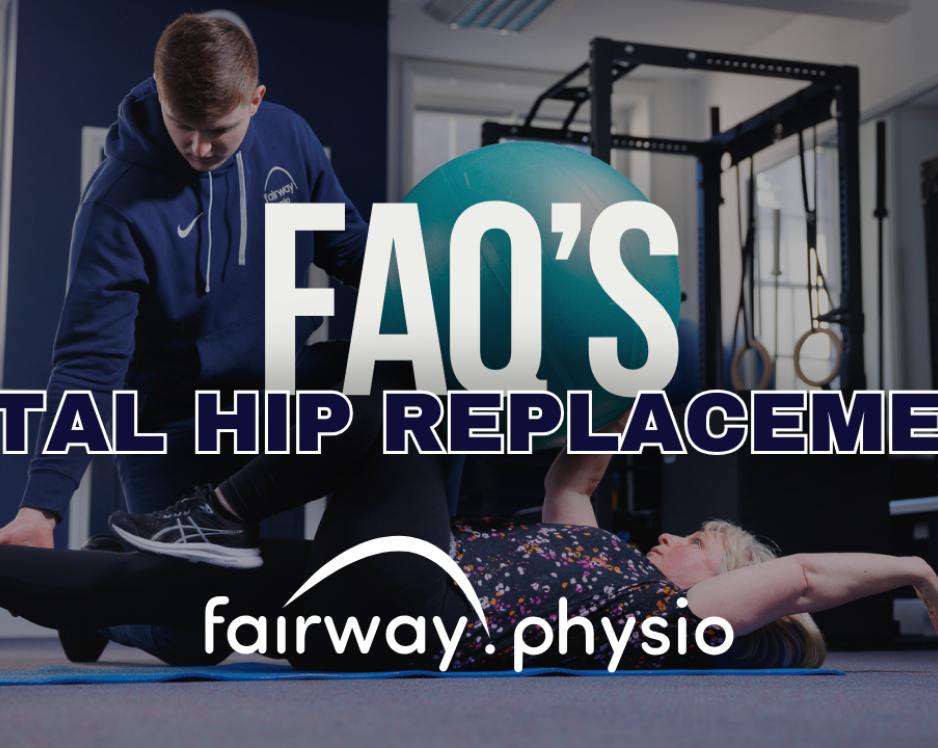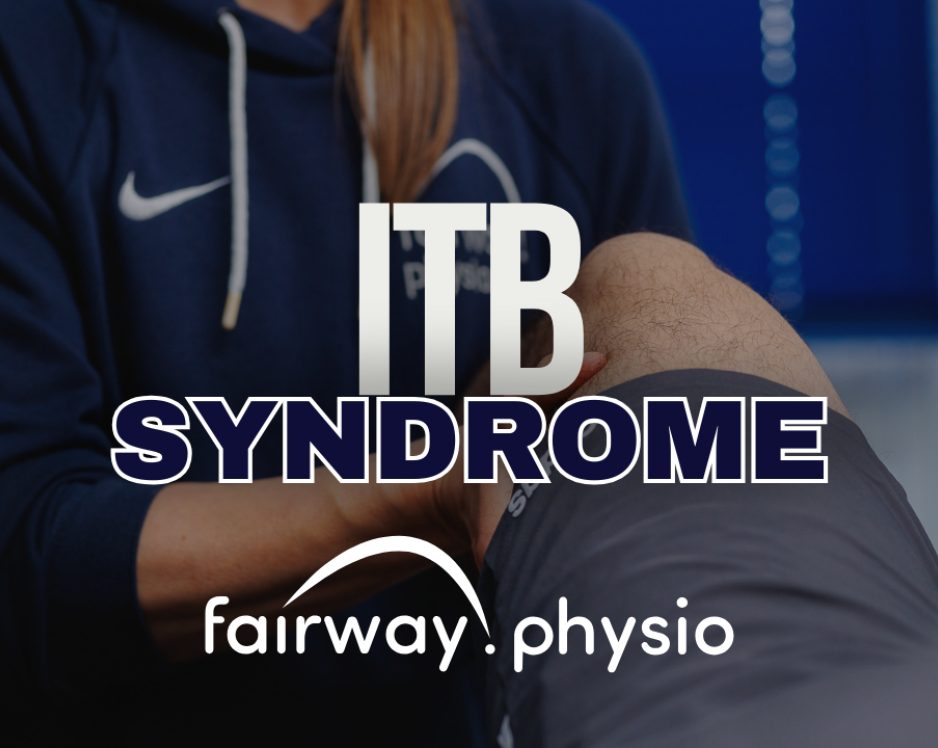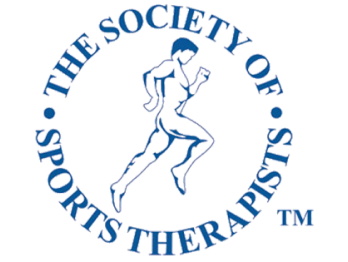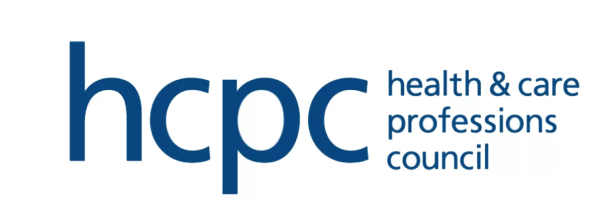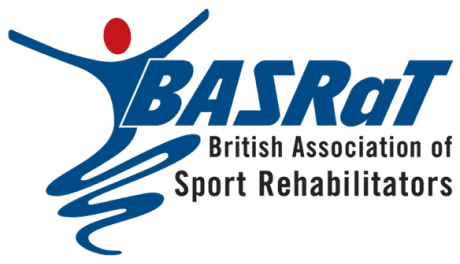
Why a Goal-Focused Rehabilitation Program is Superior to a Time-Focused Program
In the world of physiotherapy, helping patients recover from injuries is a careful balancing act between science, experience, and personalised care. One of the key considerations is how rehabilitation programs are structured: should they be based on a set timeframe or driven by individual goals? While both approaches have their place, a goal-focused rehabilitation program often provides more effective results, especially for long-term recovery and performance optimisation.
Here’s why a goal-focused rehabilitation program is superior to a time-based one:
1. Personalised Recovery Journey
Every injury is different, just as every individual heals at a different rate. A time-focused rehabilitation program assumes that all patients recover in the same timeframe, regardless of their unique physical condition, injury severity, and healing response. This "one-size-fits-all" model can leave patients frustrated or even set them back if they push themselves to meet arbitrary deadlines.
On the other hand, a goal-focused program is personalised. It considers each patient's specific needs, abilities, and progress. The focus is not on how long it takes but on reaching key milestones in strength, mobility, and function. Patients are able to progress at a pace that's suited to their body’s response to treatment, which makes for a more individualised and effective approach.
2. Prioritises Long-Term Recovery
In a time-based program, the goal is often to return to normal function by a certain date, which can lead to a “rush to recovery.” This rush increases the risk of re-injury because the patient might not be fully healed or properly conditioned. Cutting corners or skipping crucial steps can leave lingering weaknesses, which is a common cause of chronic pain or recurring injuries.
Goal-focused rehabilitation ensures that full recovery—not just a fast one—is the priority. Patients advance through the stages of rehab only when they are ready, with their progress gauged by objective performance criteria, such as regaining strength, stability, and mobility. This allows for a safer, more sustainable return to activity, whether that’s daily tasks or sports performance.
3. Motivation and Engagement
A goal-focused approach keeps patients engaged and motivated throughout the rehabilitation process. Patients are more likely to stay committed when they can see and feel their progress towards meaningful milestones. These goals might include being able to lift a certain amount of weight, return to running pain-free, or achieving full range of motion.
In contrast, time-focused rehab can feel more passive, with patients waiting for a predetermined date rather than actively working towards something tangible. This lack of engagement can result in diminished effort, slower progress, or even frustration.
4. Flexibility to Adjust as Needed
Injuries can be unpredictable, and healing doesn't always follow a linear path. Sometimes setbacks occur due to complications, other health conditions, or external factors such as stress or workload. A time-focused program is rigid, often leaving little room for adjustment when things don’t go as planned.
With a goal-based rehab program, adjustments are built into the process. If a patient encounters a setback, the plan can be adapted without the pressure of a looming deadline. This flexibility reduces stress and frustration, allowing the therapist to modify exercises, intensities, or even timelines based on the patient's ongoing progress and well-being.
5. Encourages a Holistic Approach
Goal-focused rehabilitation inherently takes a more holistic view of recovery. It's not just about reducing pain or regaining function; it's about achieving specific objectives that matter to the patient, whether that’s returning to sport, regaining full mobility for daily activities, or building a foundation for future strength and conditioning.
By focusing on goals, the program also includes elements beyond just the injured area. For example, a knee injury rehab plan might also address hip and ankle strength to prevent future injuries, rather than just focusing on the knee itself. This holistic approach ensures that the body works as a coordinated unit, reducing the risk of future problems.
6. Better Outcomes for Athletes and Active Individuals
For athletes and those with high-performance demands, a goal-focused program aligns with the mindset of continuous improvement. Athletes don't just want to heal; they want to come back stronger, faster, and more resilient than before the injury. A time-focused program may restore function, but it’s the goal-focused program that allows for progression to sport-specific conditioning, ultimately preparing them for the demands of their activity.
Conclusion: A Pathway to Better Recovery
While time is an important factor in rehabilitation, it should not be the defining measure of success. A goal-focused rehabilitation program allows patients to recover at their own pace, targeting key milestones that are meaningful to their individual needs and lifestyle. This patient-centred approach not only ensures a safer and more effective recovery but also empowers individuals to take an active role in their rehabilitation journey. By prioritising goals over time, physiotherapy can provide better outcomes, minimise the risk of re-injury, and promote long-term well-being.
At Fairway Physio, we believe in the power of goal-focused rehabilitation, helping our patients not just recover but thrive—whether they are returning to sports, daily activities, or building toward new physical goals.

